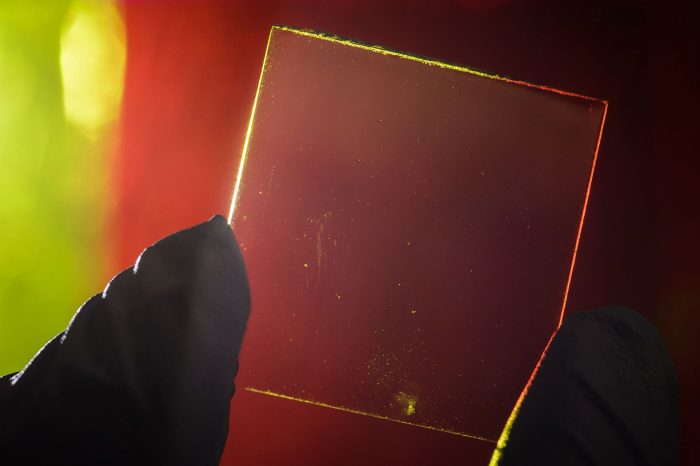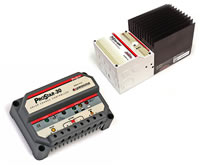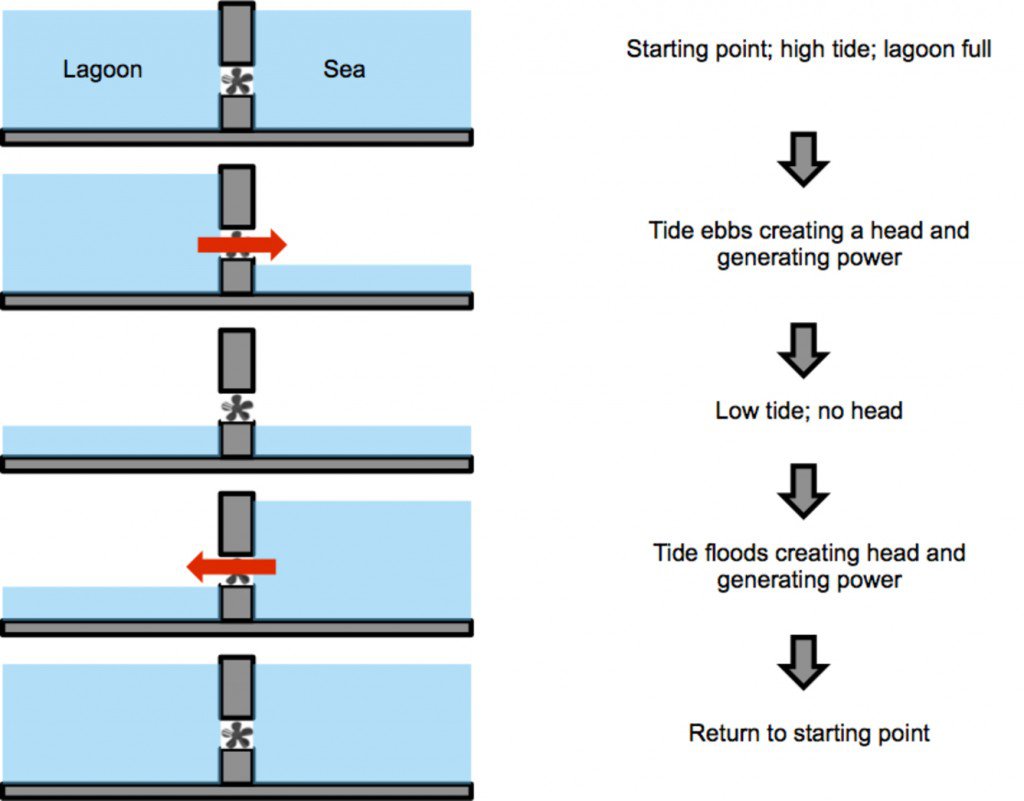Serial entrepreneur and Tesla Motors CEO Elon Musk is no stranger to making waves in the technology sector.
Earlier this year he decided to allow anyone to, “in good faith,” make use of the automaker’s patent portfolio without fear of being named in a patent lawsuit. The goal, he wrote in a blog entry on Tesla’s website, was to entice other automakers to enter the electric vehicle (“EV”) market by allowing them to leverage Tesla’s technology as a platform on which to build new EVs.
Understanding that it was “impossible for Tesla to build cars fast enough to address the carbon crisis,” this patent policy shift was put forth in an effort to quicken the percentage growth of EVs in the 2 billion strong global automobile fleet, currently dominated by internal combustion engine (“ICE”) vehicles.
Despite the fact that the company is bucking the conventional wisdom that patents are to be held onto by manufacturers and leveraged for license fees and exclusivity, yesterday’s second quarter earnings call showed shareholders that the manufacturer’s future lies not in patents, but in its ability to build powerful partnerships and scale.
Tesla’s current progress is providing significant disruption in the sport-luxury space. As this Head 2 Head episode shows (starting at the 1:20 mark), the Model S is selling units in excess of European competition. But this week the mission to expand the role of EVs in the global marketplace took another important step.
Tesla announced it is cooperating with Japanese industrial giant Panasonic to development a new, US-based battery production facility. Dubbed the Gigafactory, the facility will be able to produce batteries for as many as 500,000 EVs per year by the year 2020. The scale of the production is projected to be so large, in fact, that by 2020 the Gigafactory alone would produce as much battery capacity as the entire world produced in 2013.
To be sure, the impact of the Gigafactory will positively affect electric auto sales. The Gigafactory’s scale and capacity may be felt across the technology and energy sectors as well.
Background
Panasonic has long been a partner of Tesla Motors, having supplied the automaker with the lithium-ion batteries that Tesla used in both its inaugural vehicle, the Roadster, as well as the current Model S sedan and the upcoming Model X crossover SUV. By eschewing the creation of their own proprietary battery technology and making use of existing infrastructure, Tesla was able to cut significant costs from the most expensive part of any high-performance electric vehicle: the battery.The planned Gigafactory is a key strategic step in carrying out Tesla’s long-term mission to deliver lower-cost EVs to consumers around the world.
Auto
The economies of scale that the Gigafactory is designed to deliver will mean that by 2017 new battery packs will cost as much as 30% less than current Model S batteries (PDF). These upcoming Generation III battery packs will contain more power capacity than Tesla’s current fare, a key factor to the success of Tesla’s long awaited Blue Star project.
The Blue Star project is Tesla’s long-proposed, low-cost automobile model (recently dubbed the Tesla Model III), and is set to debut alongside the Generation III batteries in 2017. The 200-mile range EV’s base configuration will retail for about $35,000 — nearly 40% less than the cost of the $57,000 base price of the current Tesla Model S.
While battery production and capacity has grown worldwide over the last decade, Tesla notes that nearly all of that growth has been in Asia. In contrast to that trend, the joint collaboration between Panasonic and Tesla will take place at a facility in the American West, likely near Reno, NV and less than four hours’ drive from the Fremont plant where Tesla’s autos are assembled. Without having to ship batteries from Asia, this close proximity will lead to additional cost savings through considerably lower Model S and Model X production times.
The specifications for the Gigafactory have been published. As reported earlier, Tesla will provide the facilities, human resources, and materials for the site, while Panasonic will invest between $200 and $300 million and focus on manufacturing techniques. Panasonic’s efforts will take up about one half of the Gigafactory facility, while the other half will be allocated to suppliers who turn raw battery cells into the finished battery modules, ready to be installed in Tesla’s vehicles, according to the press release.
In keeping with Musk’s environmentally sustainable reputation, the facility, which will sit on 500 to 1,000 acres, will not only recycle older battery packs but will also be powered by “new local renewables,” namely wind turbines and photovoltaic panels. Musk is also the Chairman of Solar City, which iscurrently ranked second among the top 250 solar contractors of 2013. This relationship would presumably add to the cost savings on the acquisition, installation, and maintenance of the solar piece of the renewable energy system meant to service the Gigafactory.
Demand for the batteries will go beyond Tesla’s own customers. Jonathan Ward, founder of LA-basedIcon, a specialty auto manufacturer and modification shop, has indicated interest in using not only Tesla’s patents but also the very platform of the Model S to build a vehicle he’s calling the Helios.
Helios would be Icon’s “revisionist approach” to automobile manufacturing; a car that in Ward’s words, “[Fuses] vintage design with the best modern drive experience and technology.” To be clear, Icon’s Helios, which is in the earliest stages of design, is a lifestyle vehicle that takes the likes of Chrysler’s once-popular but now discontinued 1930s-style PT Cruiser to an extreme, almost aeronautical level. For those who feel that the subtle lines of Tesla’s Model S lack flare, the dramatic curves of Ward’s Helios have the potential to expand the market for Tesla’s automotive technologies.
Despite selling an impressive 95,000+ units since 2010 (in 35 countries and on four continents), Nissan, the world leader in EV sales, plans to significantly augment the look and range of the Leaf, its flagship EV in favor of a look more like Tesla’s Model S. While most automakers favor incremental changes to best-selling vehicles like the Leaf, Nissan has said that its next -generation Leaf will abandon its low-impact, hybrid-like styling in favor of something more sporty. In a move that signals direct competition with Tesla, Nissan is developing a vehicle related to the Leaf, but built under the Nissan’s upscale Infiniti marque, in order to market an EV with a performance/luxury message not unlike Tesla’s Model S and the upcoming Model III.
While there’s currently no indication that Nissan will seek to make use of Tesla’s technologies, with over 40 percent of the Leaf’s global sales in the US market, it’s almost certainly something the company will consider. Even though Nissan is working on new batteries that allow for nearly 200 miles of range, it could instead choose to install Tesla’s similarly ranged Generation III modules into the Leafs it produces in Smyrna, TN. Tesla’s economies of scale may be able to reduce the cost of the American-born Leaf.
Technology
Today’s power-hungry mobile and laptop devices use similar lithium-ion technology to what Tesla uses in its vehicles. The challenge Tesla faces in packing more range into its vehicles is essentially the same challenge device makers like HP, Microsoft, and others face in trying to get more hours of life out of their gadgets.
As the Gigafactory’s massive scale lowers the cost of of lithium-ion batteries, Tesla becomes more and more attractive as a battery supplier to any portable device manufacturer interested in cutting costs and growing profits. Tesla’s dedication to renewable energy supplies in the production of both its batteries and its vehicles also make it an attractive supplier to Apple, which stands staunchly behind its environmental record and which also seems to consistently stretch the resources of its component vendors with every new iPhone.
Energy
Tesla and Panasonic are betting big that the demand for EVs will go up as battery prices come down and as so-called range anxiety is quelled by ever more powerful cells. Meanwhile, others are excitedly studying Tesla’s emerging energy storage capacity in a somewhat more stationary light. As intermittent energy sources (e.g. photovoltaics and wind turbines) become popular energy solutions in the US and abroad, both commercial and home users are looking for ways to store the energy generated by the sun (or wind) for cloudy (or not so breezy) days.
In conventional energy generation (fuel oil, coal, gas, or other hydrocarbons), power utilities often scale their energy resources to the demands of their consumers. This can often mean brownouts as demand spikes and utilities rush to burn more hydrocarbons to create power. When demand is lower than expected, utilities burn more hydrocarbons than are needed, and that energy goes to waste.
Tesla’s low-cost batteries could offer a cheap and powerful solution to a problem that utility analysts almost uniformly believe is currently expensive and requires significant subsidies. Aside from the wasted fuel burned, the techniques for storing energy, which can include maintaining fields of volatile molten salt, are again expensive and hardly scalable compared to the Gigafactory’s projected output. Additionally, while few utilities practice energy storage today, California has proposed a rule that will force its utilities to get into the storage business by 2024.
Bolstered by strong earnings, significant profits, and growing demand for its products, Tesla’s vision for the future of EVs has the potential to continue to transform auto while also delivering technology to help mobile and portable devices profitably scale and to help the country make significant gains in energy storage. The vision (as is the case with every vision tied to Musk) is bold. We look forward to covering the implementation.
Ref: Venturebeat


